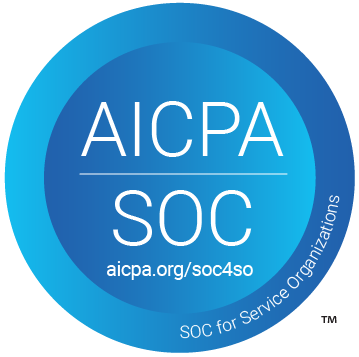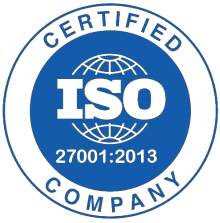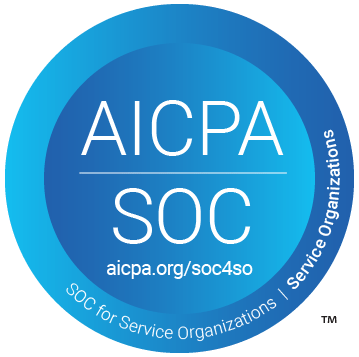Learn how to automate Google Sheets using Pabbly Connect. This detailed tutorial covers integration steps with WhatsApp, Facebook, and more. Discover hidden automation capabilities within your existing tools. This guide shows you how to connect your essential applications and permanently eliminate redundant manual processes.
Watch Step By Step Video Tutorial Below
1. Getting Started with Pabbly Connect
To automate your Google Sheets, you first need to access Pabbly Connect. This powerful integration platform allows seamless connections between various applications. Start by visiting the Pabbly Connect landing page, where you can sign up for a free account or log in if you already have one.
Once logged in, you will be directed to the dashboard. Here, you can view all the workflows available. To create a new automation, click on the ‘Access Now’ button under Pabbly Connect. This will take you to the workflow section where you can start creating your automation.
2. Setting Up Google Sheets Integration with Pabbly Connect
To integrate Google Sheets with Pabbly Connect, you will need to set up a webhook URL. This URL acts as a bridge between your Google Sheets and the Pabbly Connect platform. First, copy the webhook URL provided in your Pabbly Connect dashboard.
- Open your Google Sheets and navigate to Extensions.
- Select Pabbly Connect Webhooks and go to Initial Setup.
- Paste the webhook URL in the designated field.
- Choose the trigger column where data will be entered.
After pasting the URL and selecting the trigger column, click on ‘Submit’ to save your settings. This configuration allows Pabbly Connect to automatically send data from Google Sheets whenever a new entry is added to the specified column.
3. Creating Your First Automation with Pabbly Connect
With your Google Sheets set up, it’s time to create your first automation. This automation will send WhatsApp messages automatically whenever new customer details are added to your Google Sheets. First, set Google Sheets as the trigger application in Pabbly Connect, and choose the event as ‘New or Updated Spreadsheet Row’.
Next, set the action application to WhatsApp Cloud API and select ‘Send Template Message’ as your action event. This setup ensures that every time a new row is added to your Google Sheets, a WhatsApp message will be sent to the customer based on the details provided in that row.
4. Advanced Automations Using Pabbly Connect
Beyond simple automations, Pabbly Connect allows for advanced workflows. For instance, you can set up a bulk SMS sending automation. In this case, you would use the ‘Schedule by Pabbly’ trigger to run your workflow once, fetching all customer data from Google Sheets.
- Set Google Sheets as the action application and select ‘Get Rows’ as the action event.
- Utilize the Iterator by Pabbly to process each customer detail.
- Finally, send SMS using your preferred SMS gateway.
This setup allows you to efficiently send bulk messages based on the data stored in your Google Sheets, showcasing the power of Pabbly Connect in enhancing your automation capabilities.
5. Conclusion
In this tutorial, we explored how to use Pabbly Connect to automate your Google Sheets effectively. By setting up integrations with various applications like WhatsApp and SMS gateways, you can streamline your workflows and save time. With Pabbly Connect, the possibilities for automation are endless, allowing you to focus on more important tasks.
Ensure you check out Pabbly Connect to create business automation workflows and reduce manual tasks. Pabbly Connect currently offer integration with 2,000+ applications.
- Check out Pabbly Connect – Automate your business workflows effortlessly!
- Sign Up Free – Start your journey with ease!
- 10,000+ Video Tutorials – Learn step by step!
- Join Pabbly Facebook Group – Connect with 21,000+ like minded people!






